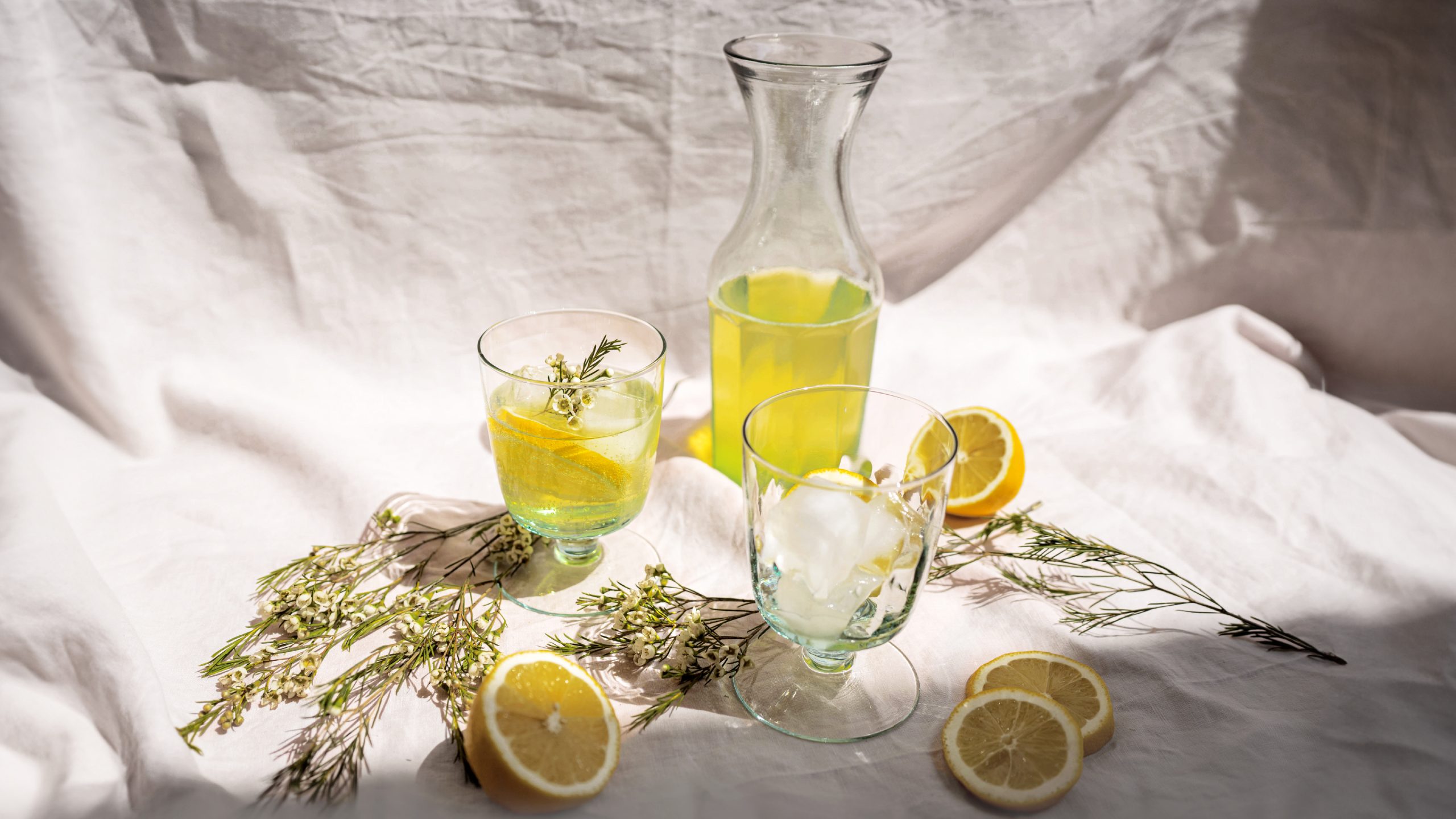Limoncello is a liqueur that needs no introduction. Hailing from the Sorrentine Peninsula and the Amalfi Coast, the vibrant yellow liquid is typically served after a meal as a digestivo, a digestif. Limoncello is one of Italy’s most famous liqueurs, and over the last few years has achieved mainstream success in other countries, notably the United States. So, when and where was this liqueur created?
First things first, as the name suggests, Limoncello is made with lemons. But, what’s important to note is that it’s not made with your average, run-of-mill lemons, but specifically with Femminello St. Teresa lemons that only grow in the Sorrento area. They’re super-sized with thick skin and are especially fragrant, and are cultivated along very specific techniques. The lemon trees are grown beneath the shade of chestnut trees that protect them from the cold, and the lemons are picked between the months of February and October.
Limoncello is then made by steeping their lemon peels in highly concentrated vodka and mixing the resulting liquid with simple syrup. The liqueur is primarily homemade, but most batches have an alcohol content ranging from 25 to 30 percent. Along the Sorrentine Peninsula and the Amalfi Coast, the digestivo is usually served in small, chilled ceramic glasses. There’s also the popular Crema di Limoncello, a cream-based variation of the popular liqueur, made by combining alcohol and lemon peel macerate to a mixture of milk, cream, sugar, and vanilla. This creates a smooth creamy liqueur that is pale yellow in color.

The liquor’s exact origins have been lost to time. In Sorrento, some believe the drink dates to the beginning of the 20th century and was reserved for the wealthiest Sorrento families to offer a taste to their most prestigious and exclusive dinner guests. In Amalfi, many believe Limoncello has ancient roots and was consumed by fishermen and farmers to warm up on a cold morning.
However, the most plausible theory, and the one supported by Federvini, the Italian industry association for wine, spirits, vinegar, and wine-related producers, implies that Limoncello was born at the beginning of the 20th century in a small inn on the island of Capri. This inn was run by Maria Antonia Farace, who was renowned for her extravagant garden of lemons and oranges. After World War II, her grandson opened a restaurant near the inn where he sold a lemon liqueur based on her recipe. In 1988, Farace’s great-grandson Massimo Canale, began a handmade, artisanal production of limoncello, and officially registered the first trademark “Limoncello.”
Asia London Palomba
Asia London Palomba is a trilingual freelance journalist from Rome, Italy. In the past, her work on culture, travel, and history has been published in The Boston Globe, Atlas Obscura, The Christian Science Monitor, and Grub Street, New York Magazine's food section. In her free time, Asia enjoys traveling home to Italy to spend time with family and friends, drinking Hugo Spritzes, and making her nonna's homemade cavatelli.


